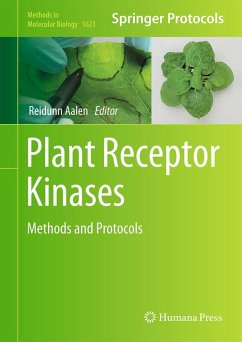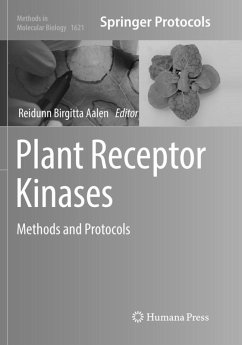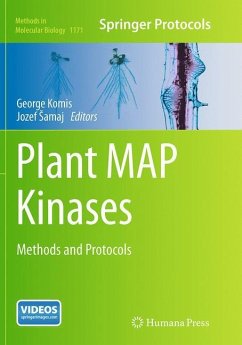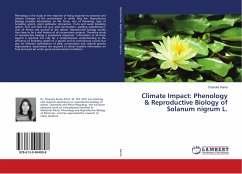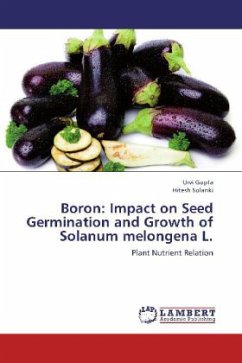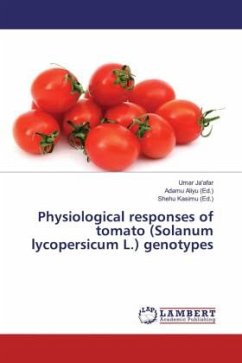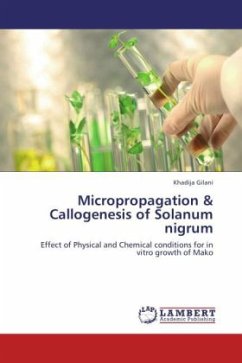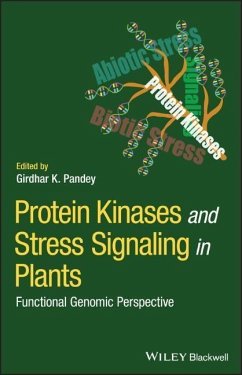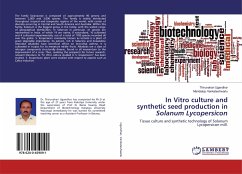
Functional genomic of receptor kinases in Solanum chacoense
mechanistic of plant receptor kinase signaling
Versandkostenfrei!
Versandfertig in 6-10 Tagen
66,81 €
inkl. MwSt.

PAYBACK Punkte
33 °P sammeln!
This book is a must-read for scholars and academicsstarting research on plant receptor kinases. Thefirst chapter details the mechanistic of plantreceptor kinase structure and activation and detailsthe roles of each domain and their properties andcompares it with what is known of receptor animalkinase activation. The following chapters present anextensive review of small putative signaling peptidesthat could potentially bind receptor kinase and asubtraction method for EST sequencing to enrich inweakly expressed mRNAs. The last two chapters presenta case study of two novels plant receptor kinase...
This book is a must-read for scholars and academics
starting research on plant receptor kinases. The
first chapter details the mechanistic of plant
receptor kinase structure and activation and details
the roles of each domain and their properties and
compares it with what is known of receptor animal
kinase activation. The following chapters present an
extensive review of small putative signaling peptides
that could potentially bind receptor kinase and a
subtraction method for EST sequencing to enrich in
weakly expressed mRNAs. The last two chapters present
a case study of two novels plant receptor kinases
discovered using the subtraction method followed by a
thorough functional analysis using biochemical,
histochemical and transgenic approaches in the
context of ovules and fruit development in plants.
starting research on plant receptor kinases. The
first chapter details the mechanistic of plant
receptor kinase structure and activation and details
the roles of each domain and their properties and
compares it with what is known of receptor animal
kinase activation. The following chapters present an
extensive review of small putative signaling peptides
that could potentially bind receptor kinase and a
subtraction method for EST sequencing to enrich in
weakly expressed mRNAs. The last two chapters present
a case study of two novels plant receptor kinases
discovered using the subtraction method followed by a
thorough functional analysis using biochemical,
histochemical and transgenic approaches in the
context of ovules and fruit development in plants.



